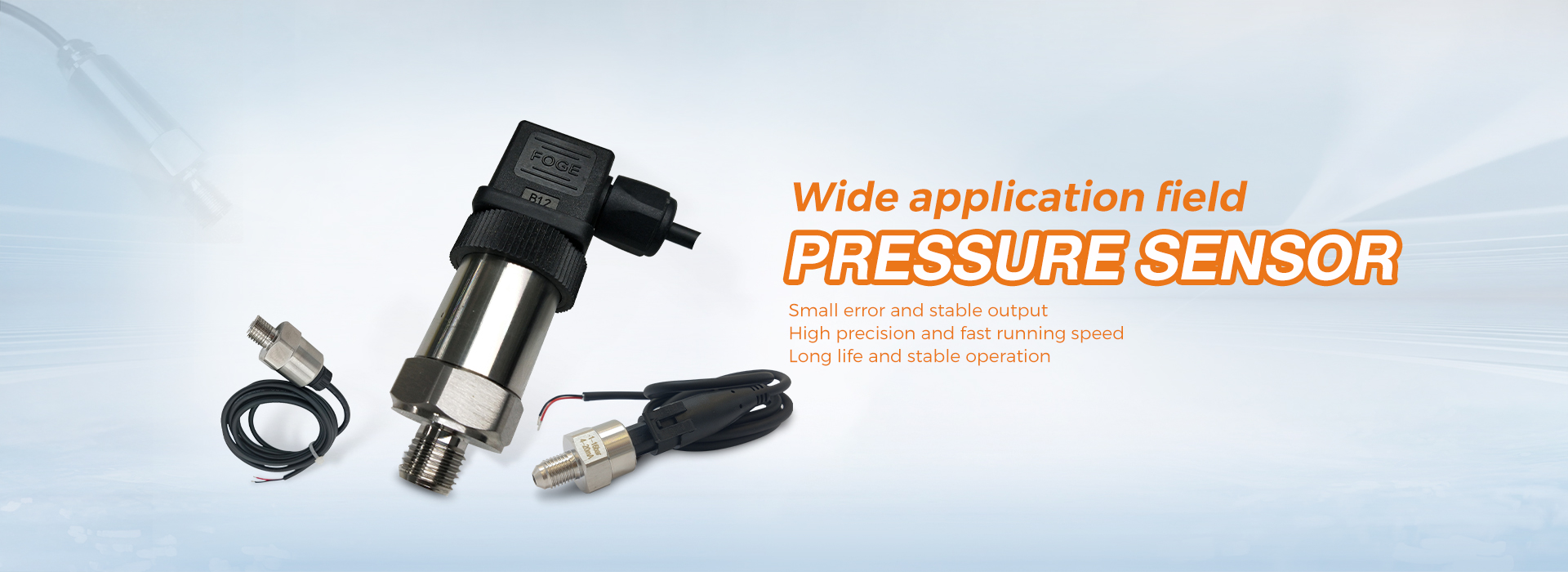From functional phones to smart phones, mobile phones can achieve intelligence instead of just being a communication tool, relying on a variety of sensors.The touch screen of a smartphone uses a capacitive touch sensor;Mobile phone positioning and movement are gyroscopes and acceleration sensors;It is the ambient light sensor that automatically adjusts the screen brightness according to the intensity of the ambient light;What dims the screen and turns off the touchscreen when you answer the phone and put your ear to the screen is the infrared proximity sensor;Also, the “compass” used for navigation is a magnetoresistive sensor and so on.
Today, the editor is going to introduce the air pressure sensor that not many people know about.Literally, a barometric pressure sensor is a sensor used to measure the absolute pressure of a gas.The barometric pressure sensor was first used on a smartphone on the Galaxy Nexus, and has since been included in some flagship Android phones, like the Galaxy S III, Galaxy Note 2, and Xiaomi Mi 2, but you’re not sure what to expect. Barometric pressure sensors are still very unfamiliar.
At present, air pressure sensors are not only used in smartphones, but also in many wearable devices.So, what are the applications of air pressure sensors? What does measuring air pressure do for smartphone users? Let’s talk about it now.
1. Navigation assistance
With the development of technology, most drivers now use their mobile phones for navigation, but there are often complaints that the navigation on the viaduct is often wrong.For example, when you are on a viaduct, the GPS says to turn right, but in fact there is no right-turn exit on the right. This is mainly due to the wrong navigation caused by the GPS unable to determine whether you are on the bridge or under the bridge.Generally, the height of the upper and lower floors of the viaduct will be a few meters to a dozen meters away, and the GPS error may be tens of meters, so it is understandable that the above happens.
However, if an air pressure sensor is added to the mobile phone, it is different. By measuring the atmospheric pressure, the altitude can be calculated according to the air pressure value, and the result can be corrected according to the temperature sensor data to obtain more accurate data.His accuracy can achieve an error of 1 meter, so that the GPS can be well assisted to measure the height, the problem of wrong navigation is easy to solve, and the cost will be lower.In the same way, for those who like to climb mountains, the accurate altitude can be measured by the air pressure sensor.
2. Indoor positioning
In large closed places such as shopping malls and supermarkets, sometimes we cannot navigate through the GPS system because the GPS signal is blocked.How to implement navigation in this shielded environment?We can combine data from the barometric sensor (altitude) and the accelerometer (pedometer) for indoor navigation.Use air pressure data to determine which floor a user is currently on in a building, which in turn can help pinpoint a person’s route through a mall or underground parking lot.
3. Weather forecast
Because air pressure data is directly related to weather conditions, air pressure sensors can be used for weather forecasting.As pressure sensors become more common in smartphones, weather apps can use air pressure data from crowds to improve the accuracy of weather forecasts.Of course, for the weather forecast to be accurate, the smartphone needs to take into account the user’s current altitude, as this has an effect on the measured air pressure. This can be derived from atmospheric pressure data from a local weather station or map data from a database.
4. Fitness Tracking
Air pressure sensors can also help improve the accuracy of fitness trackers, especially in applications that count calories.In general, calorie consumption depends not only on the step-counting data obtained by the accelerometer, but also on the individual’s physiological data (such as age, weight and height, etc.).Sensors inside the device, heart rate data or GPS recorded speed, distance and altitude can also be included in the calculation.
We know that running, stair climbing, mountain climbing and other sports burn different calories.While the accelerometer can tell if a person is climbing a hill, it can’t tell if the person is going up or down.By introducing altitude motion data through the air pressure sensor, and then using the corresponding algorithm, we can accurately calculate the energy consumed by the user, thereby assisting fitness tracking.
In addition, according to reports, Apple’s latest patent hopes to achieve a more accurate wearing detection function by adding an air pressure sensor to the AirPods, so as to avoid the occurrence of false playback of the headphones.
However, the current barometric pressure sensor is still in a neglected state. How to let more people understand and use the barometric pressure sensor, we still need the maturity and popularization of some related technologies, and also need more developers to introduce more products for this kind of sensor. applications and related functions.
Post time: Sep-07-2022



